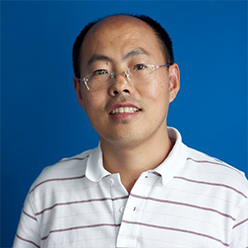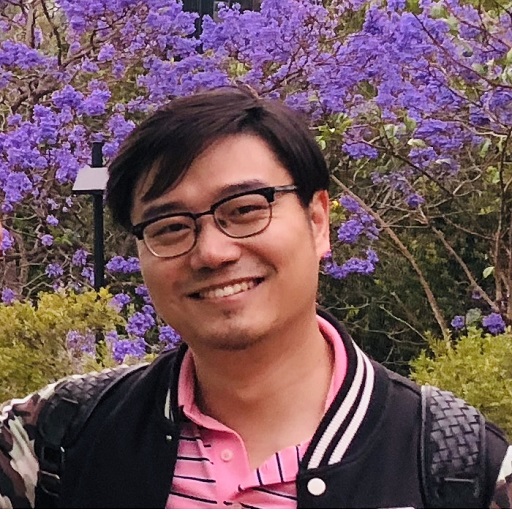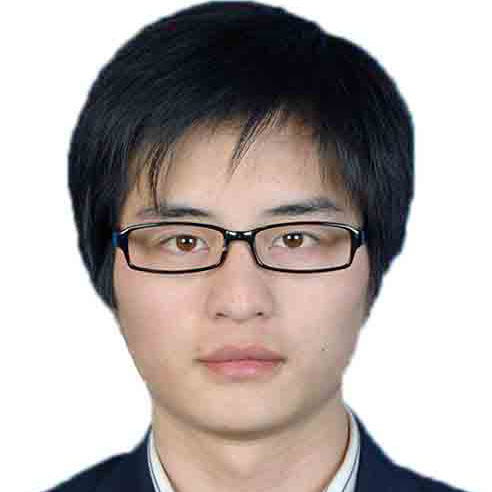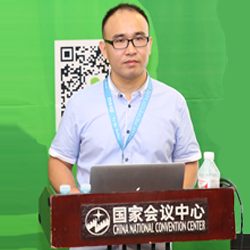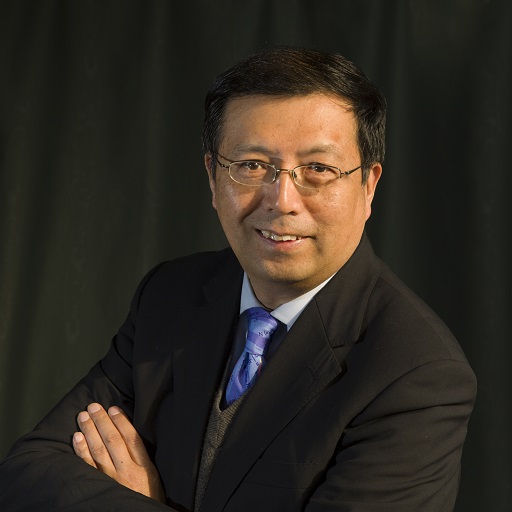Yan Zhitao is currently the vice president of research and development at TalkingData. He leads the research and development of the company's data management platform (DMP), data observatory and other products, and is responsible for the research and development of the company's big data computing platform. Currently focused on building a big data computing platform that integrates multiple computing models and supports machine learning and data mining. Focus on technologies such as Spark, Hadoop, HBase, and MongoDB. Over 15 years of experience in the IT field, has been engaged in large-scale distributed computing systems, middleware, BI and other related work.
He graduated from Peking University with a master's degree in atmospheric physics. He graduated from North China Institute of Computational Computing Technology and his research direction is distributed computing system. Prior to joining TalkingData, he served as a senior architect at IBM CDL, a senior middleware technology consultant for Oracle Asia Pacific, and a senior middleware technical consultant for BEA Asia Pacific. Participate in a series of cross-border and large-scale domestic middleware, BI and other projects.


